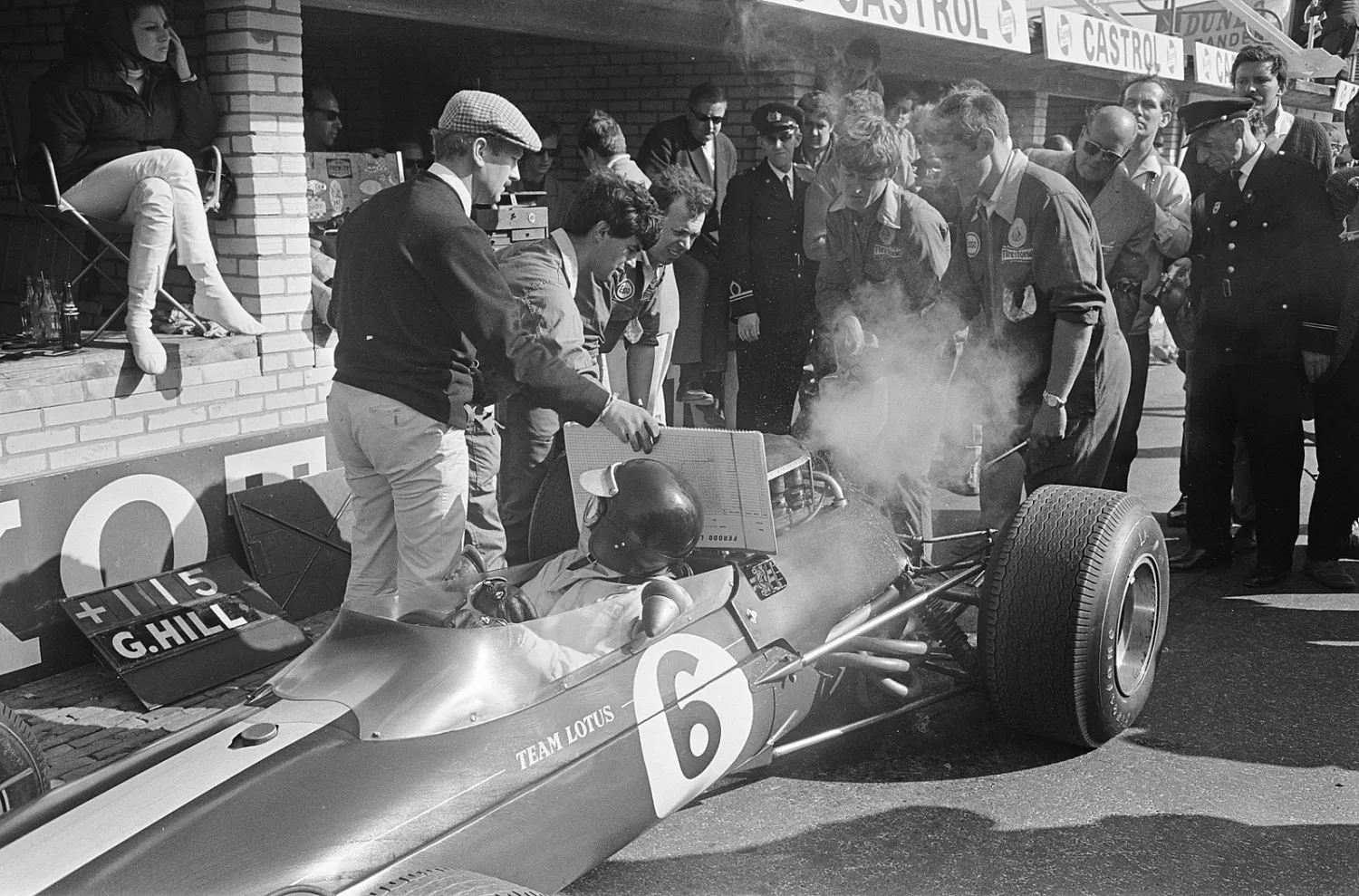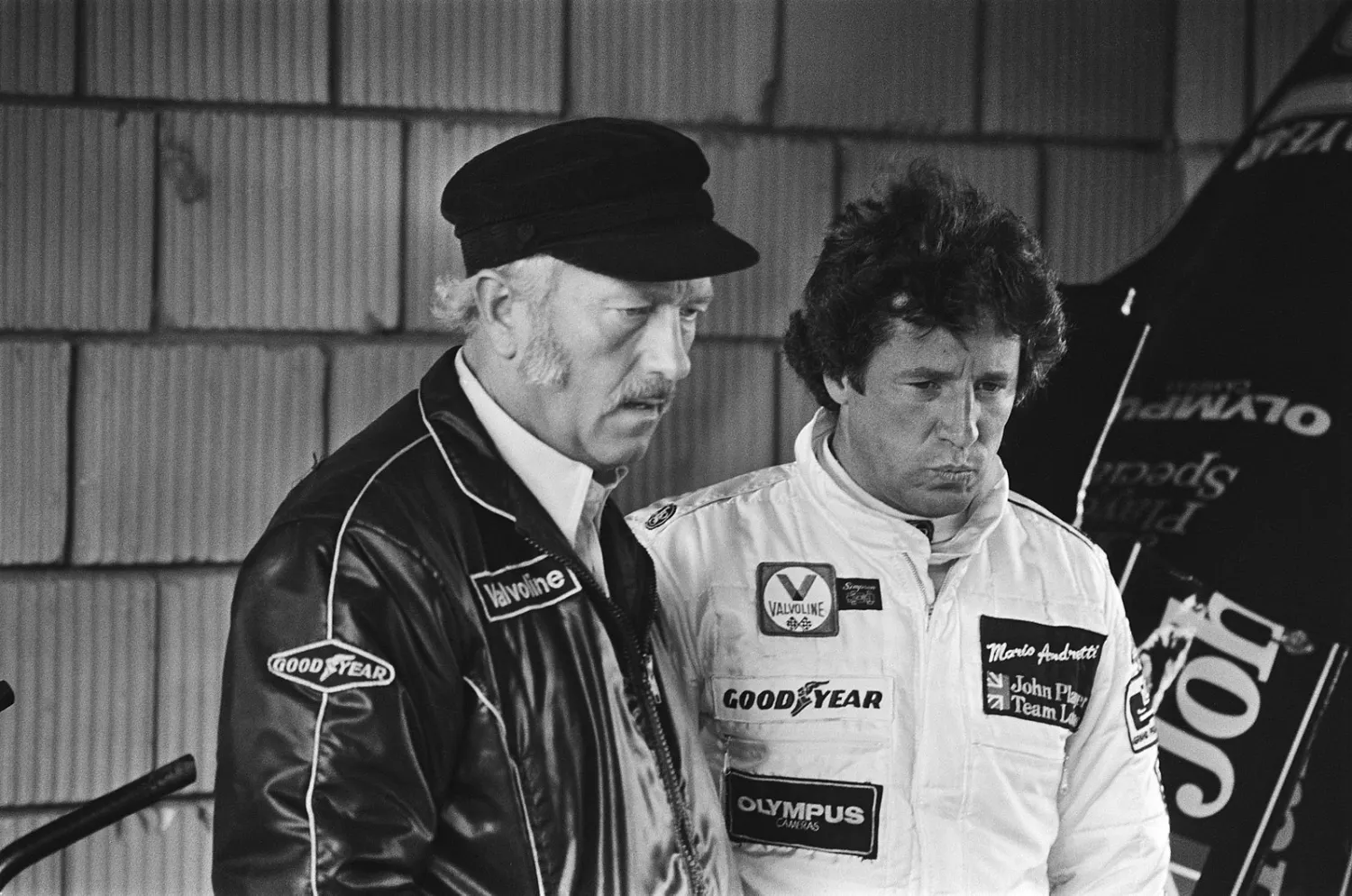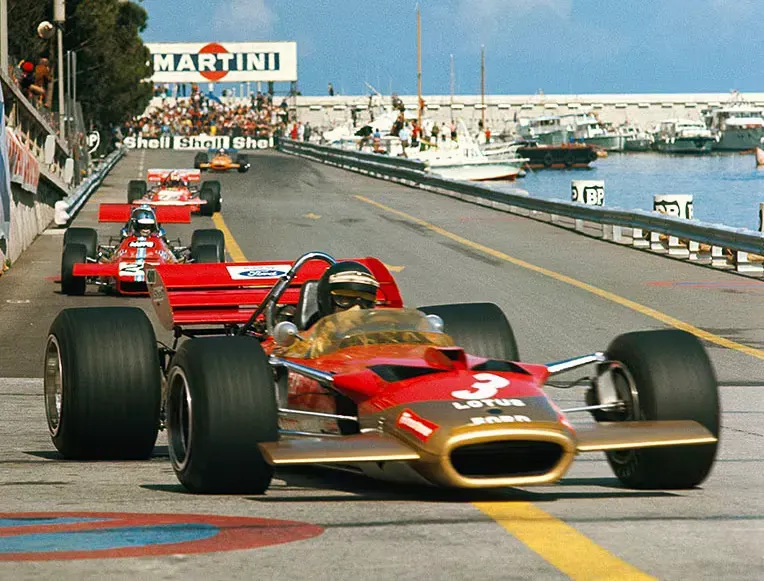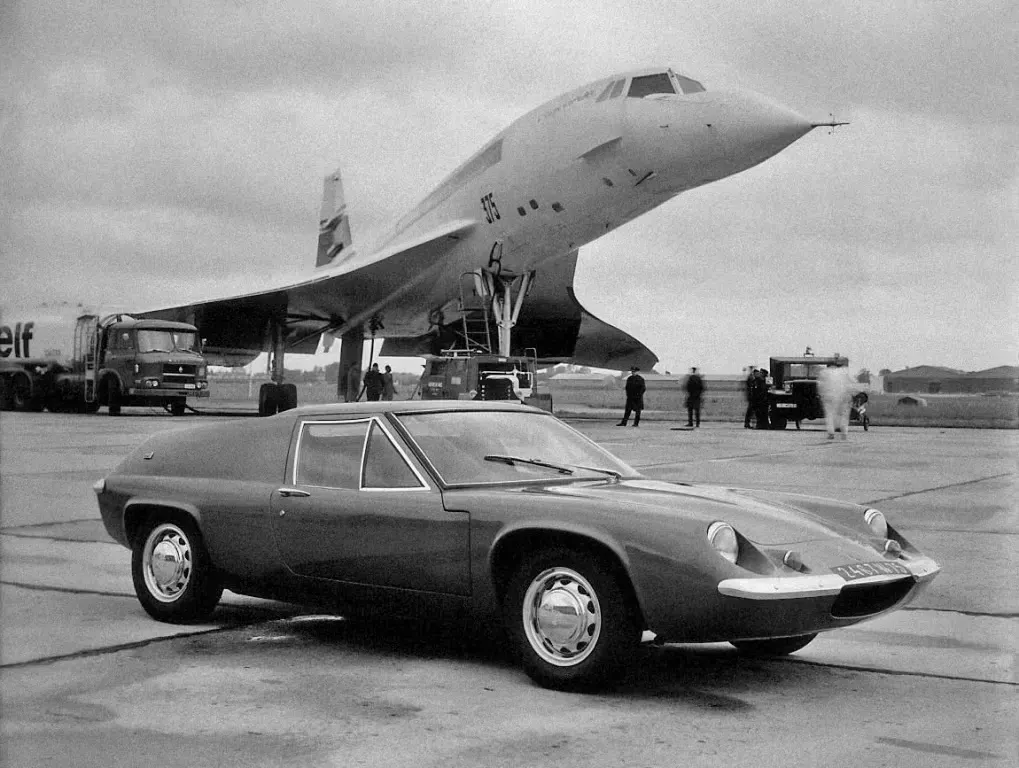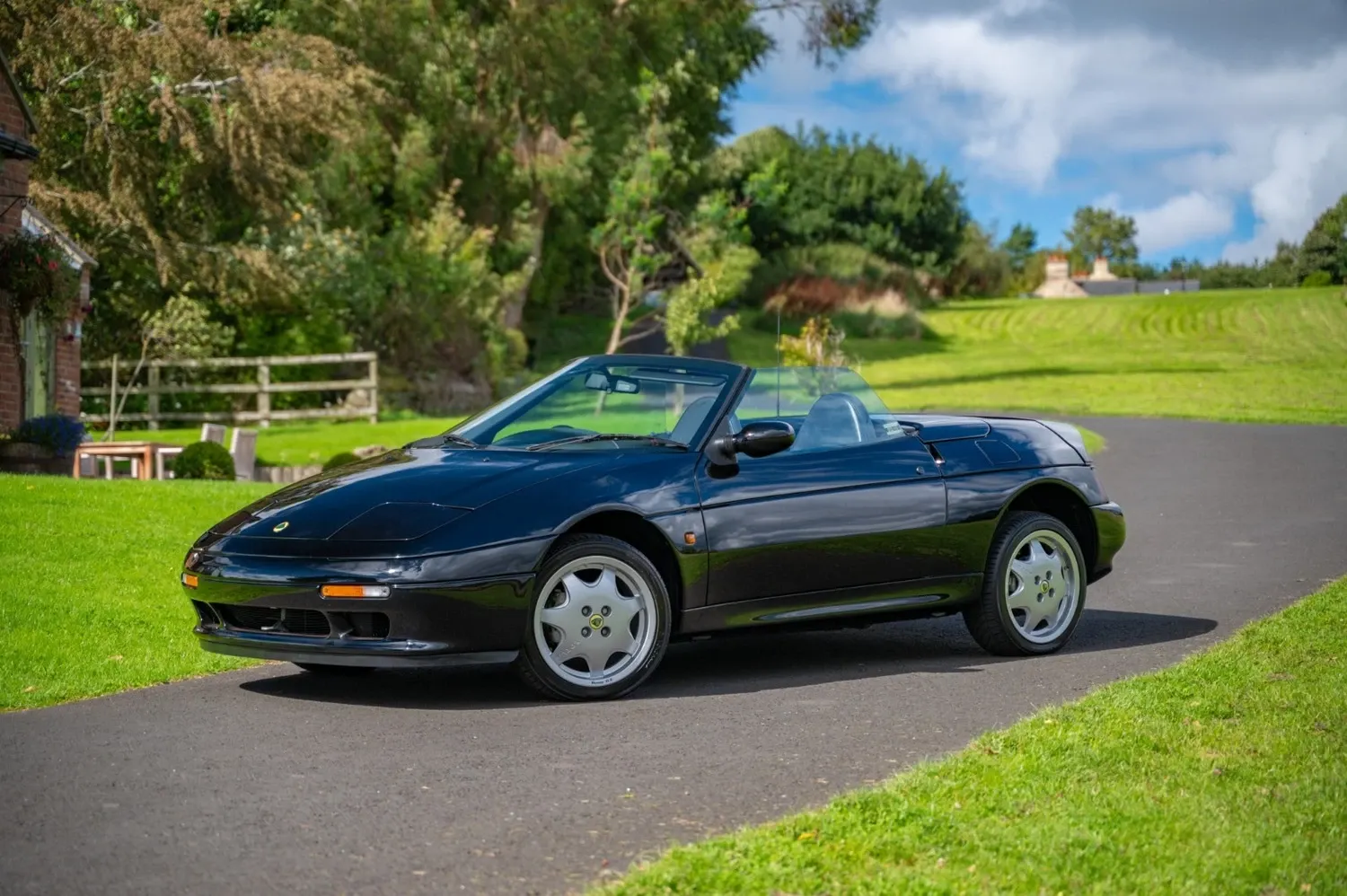Lotus: The Cult of Lightness

Lotus has never really been a car company. It has always been a fanatical, slightly unhinged engineering cult based in the flat, featureless landscape of Norfolk. For seventy years, it has been devoted to a single, unwavering religion, preached by its founder and high priest, Colin Chapman. The gospel was simple: "Simplify, then add lightness." While his rivals were solving problems by adding more power, Chapman was a man on a holy crusade against mass. This philosophy created some of the most beautiful, best-handling, and most terrifyingly fragile sports cars the world has ever seen.
Road Cars: Genius and Fragility
Chapman's genius was immediately apparent in his road cars. His first true production car, the 1957 Lotus Seven, was his philosophy made of metal. It was a minimalist tube-frame chassis, a tiny engine, and just enough aluminium bodywork to prevent the driver’s legs from falling out. It was a road-legal go-kart, and the design was so fundamentally perfect that, in the hands of Caterham, it is still being made today.
While the Seven was a masterpiece of brutal simplicity, the 1957 Elite was a work of considerable ambition, using the world's first fibreglass monocoque chassis. It was impossibly light, but also famously fragile. This was followed by the excellent 1962 Elan, a car whose handling was so brilliant that, thirty years later, Mazda engineers openly admitted their only goal when creating the MX-5 was to copy the feel of the original Elan.
An Arsenal of Champions
While the road car division was building these delicate creations, Chapman was also running his Formula One team with the sole intention of making everyone else look like clumsy idiots. His arsenal of racing cars changed the sport forever. The 1962 Lotus 25 was the first F1 car built with a modern monocoque chassis, an idea so revolutionary it made all its rivals look distinctly old-fashioned. Then, the 1967 Lotus 49 pioneered the use of the engine as a structural part of the car.
His most distinctive creation was the wedge-shaped Lotus 72, a car so far ahead of its time that it won championships in 1970 and was still winning races three years later. But his ultimate weapon was the 1978 Lotus 79, the "Black Beauty," a car that perfected "ground effect" aerodynamics, using the underside of the car to suck it to the road. It was so dominant that the rest of the grid simply gave up. With drivers like Jim Clark, Graham Hill, Jochen Rindt, and Mario Andretti, Team Lotus was always a force of creative engineering.
The Car That Actually Paid the Bills
Lotus's own road cars were brilliant, but they were expensive to build and sold in small numbers. The car that actually kept the lights on in the 1960s was, ironically, a Ford. Chapman, in a moment of rare commercial pragmatism, collaborated with Ford to create the Lotus Cortina. Lotus took the humble, boxy family saloon, worked their magic on the suspension, and fitted it with their own, magnificent twin-cam engine. The result was a wolf in sheep's clothing, a car that could win the British Saloon Car Championship on a Sunday and take the kids to school on Monday. It was a colossal success that funded Chapman's more glamorous F1 adventures.
Wedges, Bond, and a Convenient Death
By the 1970s, Lotus had moved into its "wedge" era, creating the dramatic, mid-engined Esprit. It was a proper supercar that became a global icon when it transformed into a submarine in the James Bond film The Spy Who Loved Me. But the company was, as usual, in financial trouble, and Chapman's career was about to end in a cloud of mystery. In 1982, with the authorities closing in on his involvement in the DeLorean fraud scandal, he died suddenly of a heart attack, fuelling conspiracy theories that he had faked his own death.
The Wilderness Years
Without its founder, Lotus drifted. Under the ownership of General Motors, it produced the 1989 Elan M100. This was a front-wheel-drive car. While road testers said it was the best-handling front-wheel-drive car ever made, for the purists, it was a betrayal of the Lotus faith. It was a brilliant, but philosophically flawed, car that flopped commercially.
The Rebirth of Cool
Then, in 1996, the magic returned. The Lotus Elise was a revelation. It was a small, light, and relatively affordable sports car built around a revolutionary chassis made of bonded aluminium. It was a direct return to the founding principles of Colin Chapman. It handled with the same brilliance as the original Elan, and it rescued the company. Today, under the ownership of the Chinese giant Geely, Lotus is being reinvented again as a builder of high-tech electric hypercars. The cult of lightness, it seems, is preparing for its next sermon.




